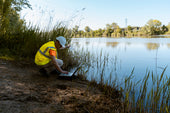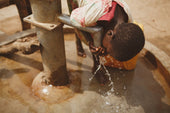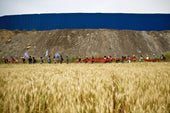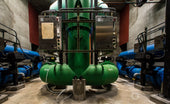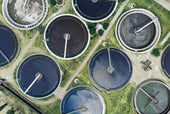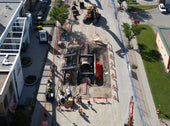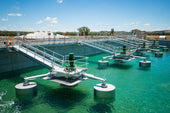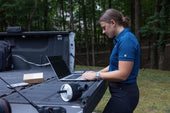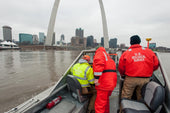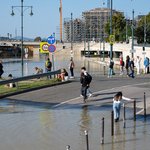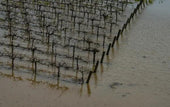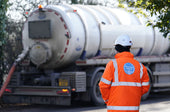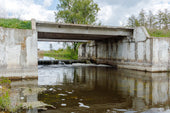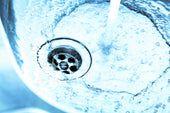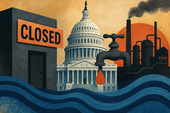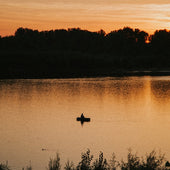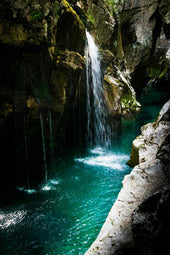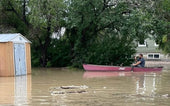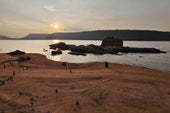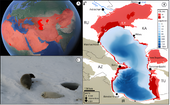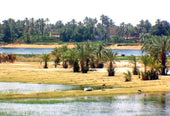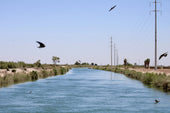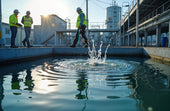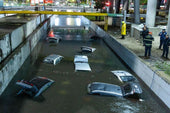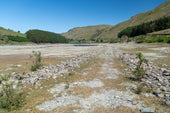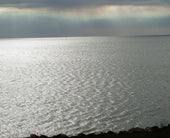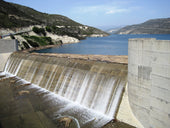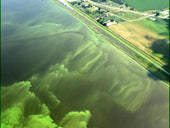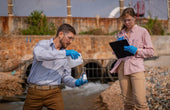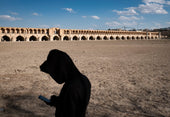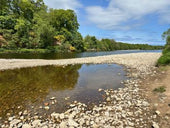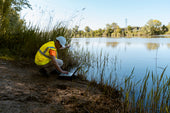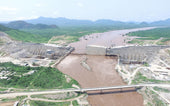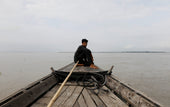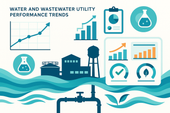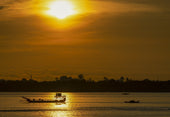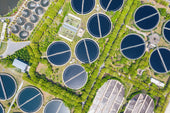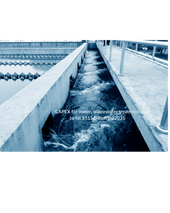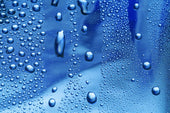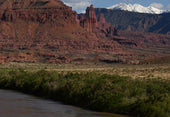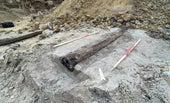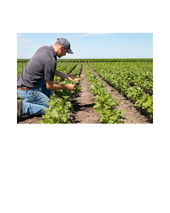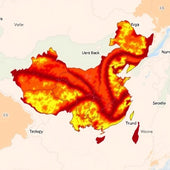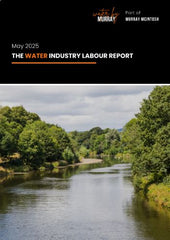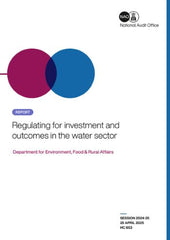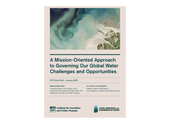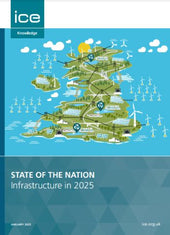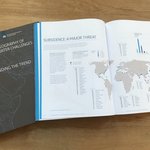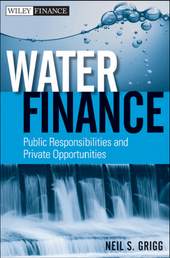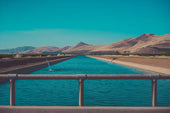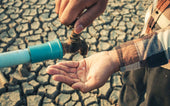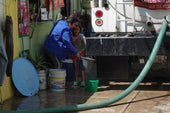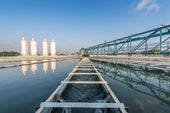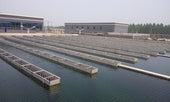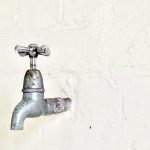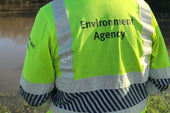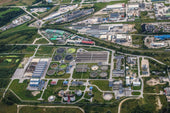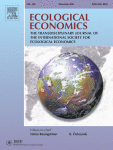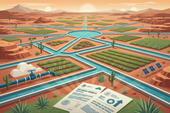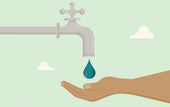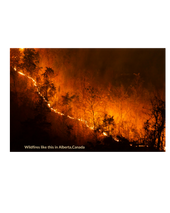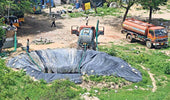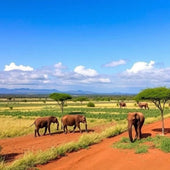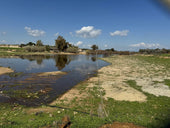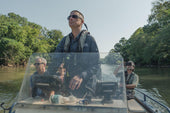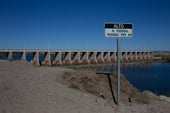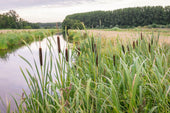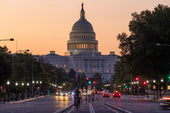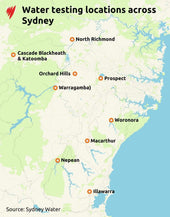
How Alaska is adapting to climate change – the fastest-warming state in the U.S.
Just a few decades ago, Alaska was synonymous with endless winter and extreme cold that was difficult to endure. Today, however, due to climate change, that image is rapidly changing. It is the fastest-warming state in the U.S., and the consequences of this process are becoming increasingly visible in the daily lives of its residents – including its wildlife and plant life.
Historic heat warning
In June 2025, the U.S. National Weather Service issued a heat warning for Alaska for the first time in history. Temperatures in Fairbanks – one of the state’s largest cities – reached 29–32°C (84–90°F), something that would have been nearly impossible just a few years ago. Alaska is warming three times faster than the global average. This affects the lives of Indigenous communities whose way of life has depended on ice and wilderness for generations.
In Point Hope, in northern Alaska, the average annual temperature has increased by 6°C (10.8°F) since 1971 – compared to 2.6°C (4.7°F) for the U.S. as a whole.
Infrastructure unprepared for high temperatures
Since such high temperatures have been virtually unheard of in this region, the local infrastructure is completely unprepared for them. Most homes were designed to retain heat rather than protect against it. Prolonged periods of high temperatures worsen the risk of indoor overheating, increasing the likelihood of heat-related illnesses such as heat exhaustion or dehydration.
The negative impacts of climate warming in Alaska are not limited to human health. Scientists from the University of Texas at Arlington (USA) are raising alarms about concerning processes that are direct consequences of ongoing warming. Their research shows that permafrost in the region is eroding faster than it can naturally regenerate. Melting ice cover leads to rising river levels and a heightened risk of flooding.
High temperatures also bring drought and forest fires, which pose a direct threat to both people and nature, leading to deteriorating air quality. Residents in many parts of the state are already dealing with heavy smoke and related respiratory health risks.

A warning to the rest of the world – first steps in adaptation
The growing threat of climate change is forcing both state and local authorities to take adaptation measures. Initial investments are already underway to adjust housing infrastructure to the new reality. At the same time, educational efforts aim to raise awareness of the risks associated with extreme heat.
One of the more surprising initiatives is… swimming lessons. As melting ice becomes increasingly unpredictable, more drownings are being reported in local communities. Swimming courses are intended to prevent such accidents.
Alaska’s Indigenous communities are also changing their ways
The new reality is also affecting Alaska’s Indigenous communities (including the Inuit), whose lives have long been tied to local ecosystems. Climate change is forcing them to modify hunting and fishing practices. With salmon populations declining, local fishers are learning to catch other species and use new tools such as dip nets, which allow for selective fishing. Traditional ice fishing – a vital element of Inuit culture – is also becoming increasingly difficult.
Climatologists emphasize that the changes happening in Alaska are a preview of the global consequences of climate change. Even in places where people may have thought they were immune to extreme heat, that’s no longer the case, summarized Jennifer Marlon, a researcher with the Yale Program on Climate Change Communication.
main photo: JLS Photography – Alaska/Flickr



